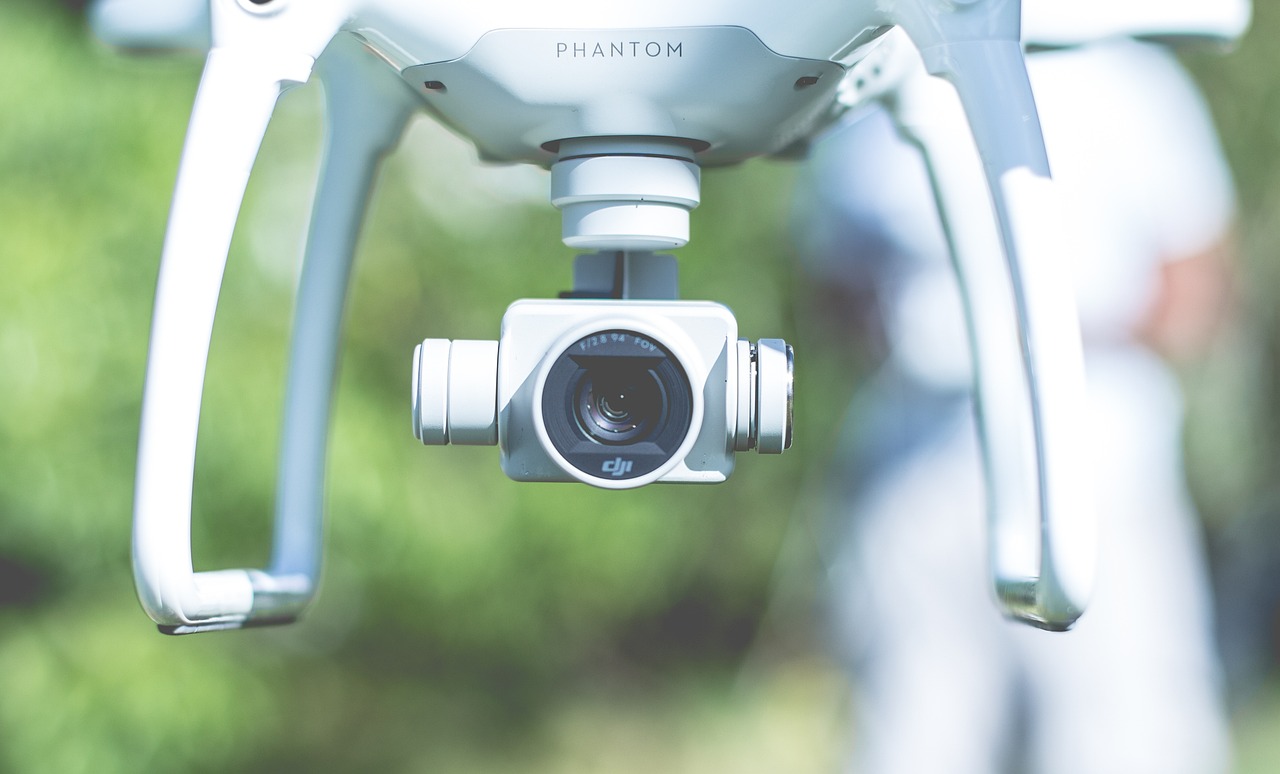
Drones, also known as unmanned aerial vehicles (UAVs), have been around for decades but have only recently become popular for both commercial and personal use. With advancements in technology, drones are becoming increasingly sophisticated and capable, leading to a wide range of new applications and possibilities. In this blog post, we will explore the technology behind drones and some of the ways in which they are being used today.
The Technology of Drones
Drones come in many different shapes and sizes, from small, consumer-grade quadcopters to large, industrial-grade fixed-wing aircraft. However, they all share certain basic components and technology.
Propulsion:
The majority of drones use electric motors to power their propellers. These motors are powered by batteries, which can vary in size and capacity depending on the drone. Some larger drones use internal combustion engines instead, but these are less common.
Navigation:
Drones use a variety of sensors and systems to navigate and maintain stability in the air. These can include GPS, accelerometers, gyroscopes, and magnetometers. Some drones also use computer vision systems to detect and avoid obstacles.
Communication:
Drones use wireless communication systems to receive commands from their controllers and transmit data back to them. This can include short-range systems like Wi-Fi and Bluetooth, as well as long-range systems like cellular networks and satellite communications.
Payloads:
Depending on their intended use, drones can carry a variety of payloads, such as cameras, sensors, and even weapons. These payloads are typically mounted on the drone’s body or beneath it.
Uses of Drones
Drones are being used for a wide range of applications, both civilian and military. Some of the most common uses include:
Aerial Photography and Videography:
Drones equipped with cameras are becoming increasingly popular for capturing aerial photos and videos. This is especially useful for real estate, weddings, and events, and it’s a great way to inspect large structures such as bridges, towers, and buildings for maintenance.
Agriculture:
Drones are being used to monitor crops, survey land, and even spray pesticides. By using drones, farmers can cover more area in less time and with greater precision than they would be able to with traditional methods.
Search and Rescue:
Drones equipped with cameras and sensors can be used to search for missing people and animals, as well as to assess damage after natural disasters.
Delivery:
Drones are being tested for delivering packages and other goods. Amazon, for example, is experimenting with using drones to deliver packages to customers’ homes.
Inspection:
Drones are being used to inspect bridges, power lines, and other large infrastructure for maintenance and repairs. This is a much safer and more efficient way to do this kind of work than traditional methods.
Security and Surveillance:
Drones are being used to monitor large events, such as concerts and sports games, as well as to patrol borders and other sensitive areas.
Challenges and Limitations
Despite the many benefits of drones, there are also several challenges and limitations that need to be addressed. Some of the most significant include:
Regulation:
Drones are subject to a wide range of regulations, both at the federal and state level. This can make it difficult for businesses and individuals to use drones legally and safely.
Safety:
Drones can pose a safety risk to people and property, especially if they are not operated properly. This is especially true for larger drones that can carry heavy payloads.
Privacy:
Drones equipped with cameras and other sensors can collect a lot of data, which raises concerns about privacy
Interference with other aircraft:
As the number of drones in the airspace increases, there is a risk of interference with other aircraft, such as commercial and military planes. This is a concern for air traffic control and aviation safety.
Battery life:
One of the main limitations of drones is their battery life. Most drones can only fly for a limited amount of time before they need to be recharged or have their batteries replaced. This can limit their range and the duration of their missions.
Weather:
Drones are also affected by weather conditions such as strong winds, rain, and snow, which can make it difficult or impossible for them to fly.
Data Processing: Drones are capable of collecting vast amount of data, the processing and analysis of this data can be a challenge and requires specialized software and expertise.
Conclusion
Drones are becoming an increasingly important technology in a wide range of fields, from agriculture and search and rescue to photography and delivery. However, as with any new technology, there are also several challenges and limitations that need to be addressed. With the right regulations and safety measures in place, drones have the potential to revolutionize many industries and improve the lives of people all around the world.






